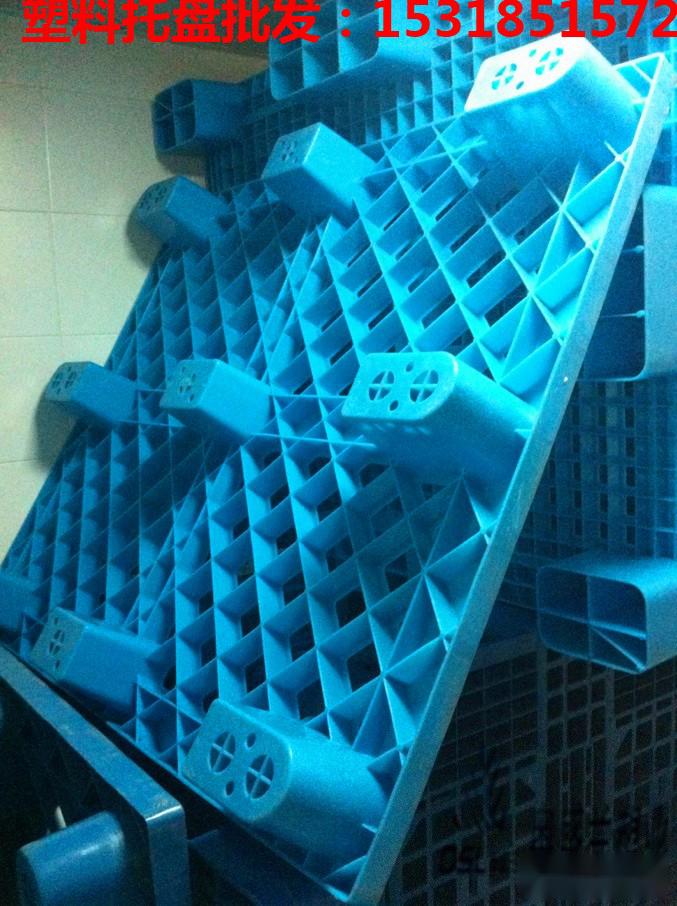Classification and Use of Pallet Markings
Plastic pallets can be classified by usage into: rack-type plastic pallets, standard-type plastic pallets, and lightweight plastic pallets.
Plastic pallets can be classified by appearance into: double-sided plastic pallets, single-sided plastic pallets, and lightweight plastic pallets (suitable for one-time export packaging or for products with a lighter load). Products are also divided into grid-type and flat-type.
Plastic pallets are made from industrial plastics. They are slightly more expensive than wooden pallets and have a lower load capacity, but with advancements in plastic pallet manufacturing technology, some high-load plastic pallets have emerged and are gradually replacing wooden pallets.
Honeycomb Pallet: The hexagonal structure of the honeycomb is a masterpiece of bees, which constructs a sturdy hive with minimal material consumption. Its structure is remarkably scientific. Honeycomb cardboard imitates the structure of a honeycomb, using paper as the base material, and is produced with modern mechatronics into a new type of honeycomb material. It is lightweight, high-strength, and has good rigidity, with properties such as cushioning, vibration isolation, thermal insulation, and soundproofing. At the same time, it has low costs and wide applicability, being widely used in packaging, storage and transportation, construction, shipbuilding, furniture industries, etc., to replace wood, clay bricks, expanded polystyrene (EPS), etc. This is significant for reducing deforestation and protecting the ecological environment.
Composite Pallet: A pallet made from materials that undergo chemical changes produced from two or more different materials after certain processing. Plastic-wood pallets: These pallets are made from plastic-wood materials produced using internationally advanced patented technology, assembled into various specifications and sizes. They combine the advantages of wooden pallets, plastic pallets, and steel pallets while fundamentally discarding their shortcomings, yet are priced lower than other types of pallets. The products have high strength, good toughness, are non-deformable, moisture-resistant, mold-proof, anti-corrosive, aging-resistant, easy to process, low-cost, recyclable, and pollution-free.
Fumigation-Free Pallet: The fumigation-free composite pallet integrates the advantages of traditional wooden packaging and paper packaging. The product has a smooth surface, is fumigation-free, inspection-free, has a high load capacity, is waterproof, and non-toxic, making it suitable for carrying any export products. Its appearance and performance are significantly better than the natural wooden packaging that was widely used in the past, which helps to elevate the grade of export products and can reduce complex procedures and formalities such as fumigation inspections, improving work efficiency and promoting foreign trade exports. The characteristics of fumigation-free packaging products are that they do not require cumbersome inspection and fumigation procedures and can be exported directly, and compared to other similar products, they have advantages such as being sturdy and solid, strong load-bearing capacity, attractive appearance, and low price, making them the choice for current export packaging. For inquiries and cooperation, please call 15318515722.










